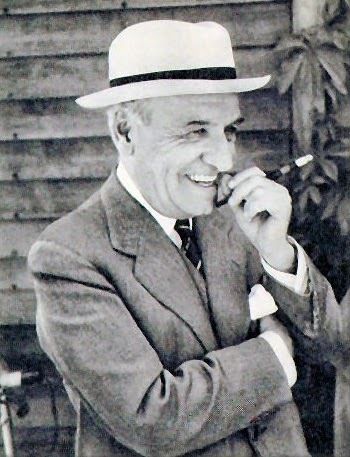
In a recent Times Arts and Leisure piece, "The Squeeze on the Middle Brow" (NYT, 8/1/14). A.O. Scott takes aim at both Virginia Woolf and Dwight Macdonald who decried middlebrow culture. Macdonald's Partisan Review essay "Mass Cult and Midcult," in particular, is a classic primer on the vagaries of a watered down culture. Ortega y Gasset took another view of the same issue in his essay "The Dehumanization of Art," in which he basically saw difficult modernist paintings as a bulwark against the juggernaut of mass culture. Anyone who has ever been in a gallery when a tell it like it is viewer claims that his infant could have pulled off the Jackson Pollock understands the crushing effect the demand for accessibility can have on artistic endeavor. But Scott's piece sees the conflict between high and middlebrow in light of Thomas Piketty's Capital in the Twenty-First Century, the breakaway bestseller which describes the increasing economic disparity between the economic elite and the middle classes. And Scott's view is almost a wistful one in which a once empowered middle class brought both the high and the low to the middle. Scott writes,
"High culture became more accessible, popular culture became more ambitious, until the distinction between them vanished altogether. Some of the mixing looks silly or vulgar in retrospect: stiff Hollywood adaptations or comic book versions of great novels; earnest television broadcast about social problems; magazines that sandwiched serious fiction in between photographs of naked women. But much of it was glorious."
David Lean's Great Expectations, PBS's Brideshead Revisited; CBS's acclaimed documentary about migrant farmworkers, "Harvest of Shame" and magazines like Playboy, Evergreen Review and Eros all are examples of the positive side of middlebrow culture that Scott alludes to. A side issue has always been the dichotomy between political and esthetic avant gardism which became particularly noticeable in the aftermath of the Russian Revolution when Mayakovsky and other vanguard writers, artists and composers began to run afoul of the party line. However, Scott's jeremiad makes sense in the rarified world of an increasingly powerful elite defined entirely by wealth. The aristocratic patrons like Peggy Guggenheim who once supported innovation have been replaced by a new class whose crushing materialism places little value on anything whose quiddity is not validated by the marketplace--and who fuel the demand for diamond studded skulls by Damien Hirst.
photo of Ortega y Gasset
{This was originally posted to The Screaming Pope, Francis Levy's blog of rants and reactions to contemporary politics, art and culture}